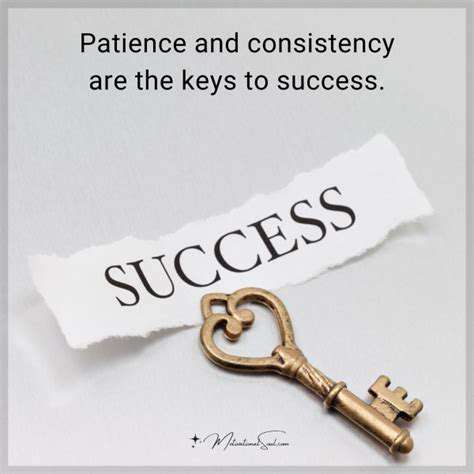Clicker Training for Pets: A Positive Reinforcement Approach
Understanding the Clicker's Role
The clicker, though simple in appearance, serves as a vital link between desired actions and rewards. It acts as a precise marker, instantly communicating to your pet the exact moment they've performed correctly. This immediate feedback is critical because it helps animals quickly connect behaviors with positive outcomes, speeding up learning. Think of it like teaching a child to swim—clear, consistent signals are essential, and the clicker provides that clarity for pets.
In simple terms, the clicker means yes!—a definitive signal that the behavior was right. This enables trainers to shape intricate behaviors through small, progressive steps. Without this instant confirmation, animals might become confused about which actions earn rewards, slowing their progress.
Precise Timing: The Key to Success
Timing is everything in clicker training. The click must happen at the exact second the desired behavior occurs. While this might feel tricky at first, practice will sharpen your timing skills. The click’s precision helps animals pinpoint the successful moment, making it an incredibly effective training aid.
Consistency in timing is non-negotiable. If clicks are delayed or inconsistent, the animal may struggle to link the behavior with the reward, leading to frustration. With regular practice, your timing will improve, resulting in more productive training sessions.
Shaping Behaviors: Building Complex Actions
Clicker training excels at breaking complex actions into smaller, achievable steps. For example, teaching a dog to fetch a specific item isn’t done all at once. Instead, you reward small progressions—like showing interest in the object, picking it up, or bringing it closer—until the full behavior is mastered.
By reinforcing each small success, you guide the animal toward the final goal. This method is especially useful for multi-step behaviors, ensuring the animal understands each part before moving forward.
Motivational Rewards: Enhancing Engagement
Clicker training isn’t just about the click—it’s about knowing how to motivate your pet. The reward, whether a treat, praise, or playtime, must be something your animal truly loves. The more exciting the reward, the more eagerly your pet will participate. Tailoring rewards to your pet’s preferences maximizes the training’s effectiveness.
Reinforcing Desirable Behaviors
Once a behavior is learned, ongoing reinforcement keeps it strong. Clicker training smoothly transitions from teaching to maintenance, turning learned actions into habits. Continuous reinforcement deepens the connection between behavior and reward, making it more likely your pet will repeat the action.
Using treats, praise, or other rewards strengthens the behavior and enhances your bond with your pet, creating a positive training experience for both of you.
Overcoming Challenges and Troubleshooting
While clicker training is effective, challenges can arise. If your pet isn’t responding, consider their motivation, the training environment, or the task’s difficulty. Sometimes, a short break or a change in approach can reinvigorate the process. Recognizing and addressing issues early ensures steady progress and better results.
Troubleshooting is a natural part of training. Identifying problems quickly and adjusting your methods keeps the training on track.
Consistency and Patience: Keys to Success

Consistency is Crucial
Success in any endeavor hinges on consistency. It’s not just about repetition—it’s about maintaining the same level of effort and quality every time. This reliability builds trust and creates a strong foundation for progress. Consistency generates momentum, making it easier to stay motivated and tackle obstacles.
Whether practicing piano, writing, or exercising, a steady routine leads to improvement. Small, daily efforts add up over time, producing meaningful results. This gradual progress is the backbone of lasting achievement.
Patience is a Virtue
In our fast-paced world, patience is often overlooked. We’re conditioned to expect quick results, which can lead to frustration when progress is slow. However, meaningful success usually requires time and perseverance. Viewing progress as a journey, not a destination, helps us handle setbacks with resilience.
Developing patience allows for more thoughtful problem-solving and increases the chances of long-term success. Giving yourself time to reflect, experiment, and adjust is key to achieving sustainable outcomes.
The Interplay of Consistency and Patience
Consistency and patience work hand in hand. Patience helps us push through challenges while maintaining steady effort. In turn, consistency fuels the patience needed for long-term goals.
Take marathon runners, for example. Their consistent training and patience to endure the race’s demands are both essential. This combination enables them to overcome obstacles and reach the finish line.
The Importance of Setting Realistic Goals
To foster consistency and patience, set realistic goals. Unrealistic expectations often lead to frustration and demotivation. Achievable goals allow you to celebrate small wins, boosting confidence and reinforcing the value of steady effort.
Breaking big goals into smaller steps creates a sense of accomplishment and promotes sustainability. This incremental progress builds momentum and highlights the importance of both consistency and patience.
Overcoming Challenges Through Consistency and Patience
Life is full of surprises. Staying consistent and patient during tough times helps you navigate challenges effectively. When obstacles arise, a steady, patient approach lets you address problems strategically rather than react impulsively.
This mindset—staying committed while adapting to changes—builds resilience and a proactive attitude. It’s this balance that ultimately drives success.